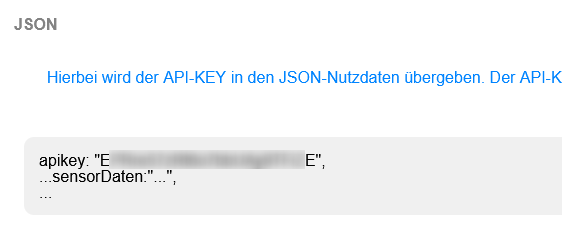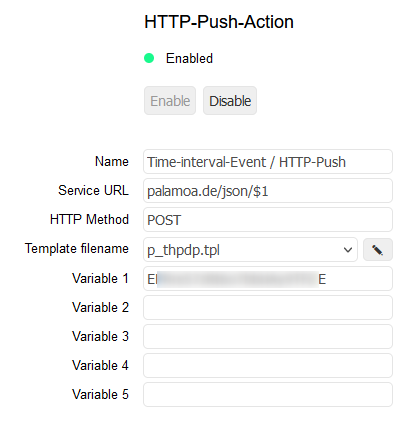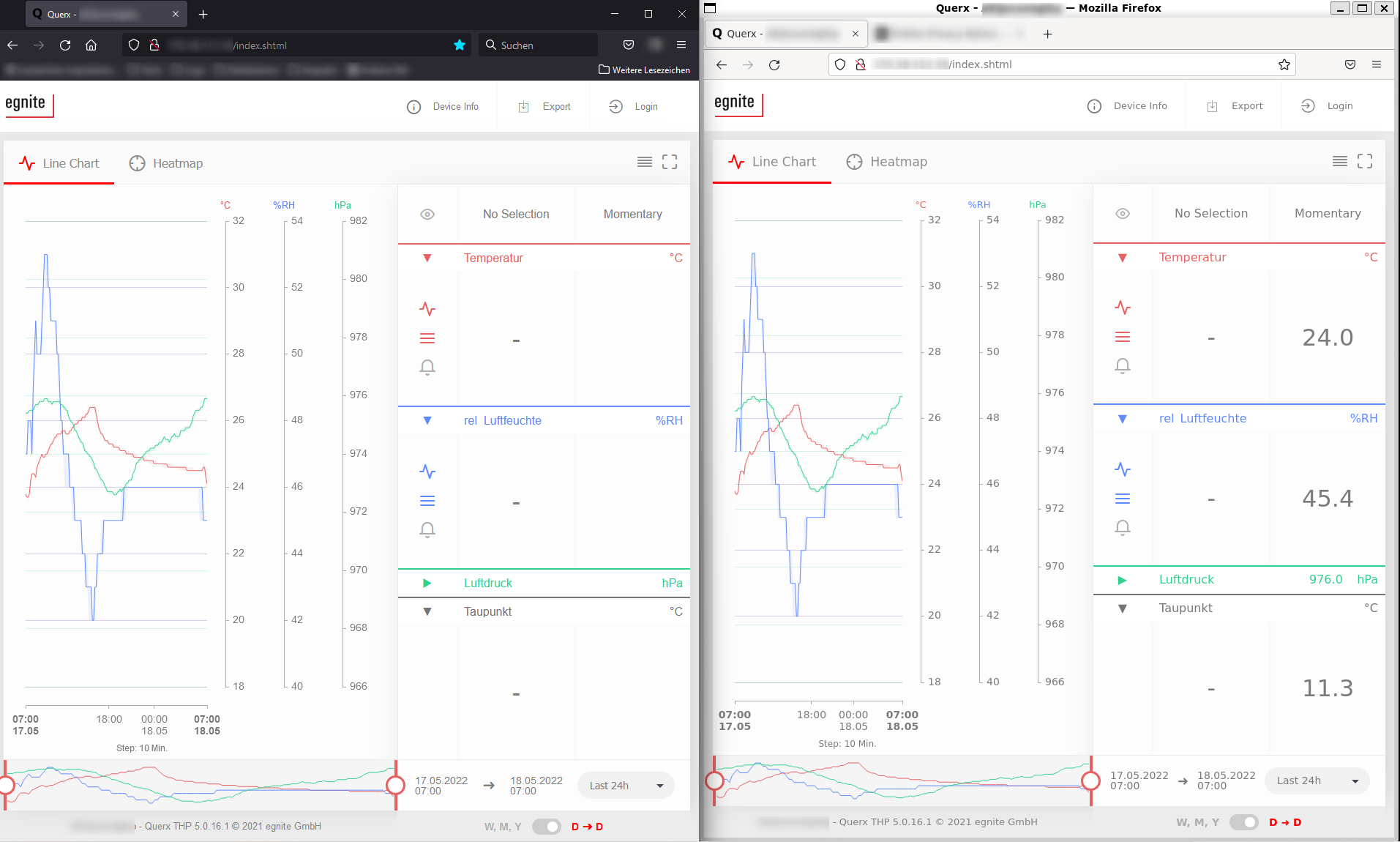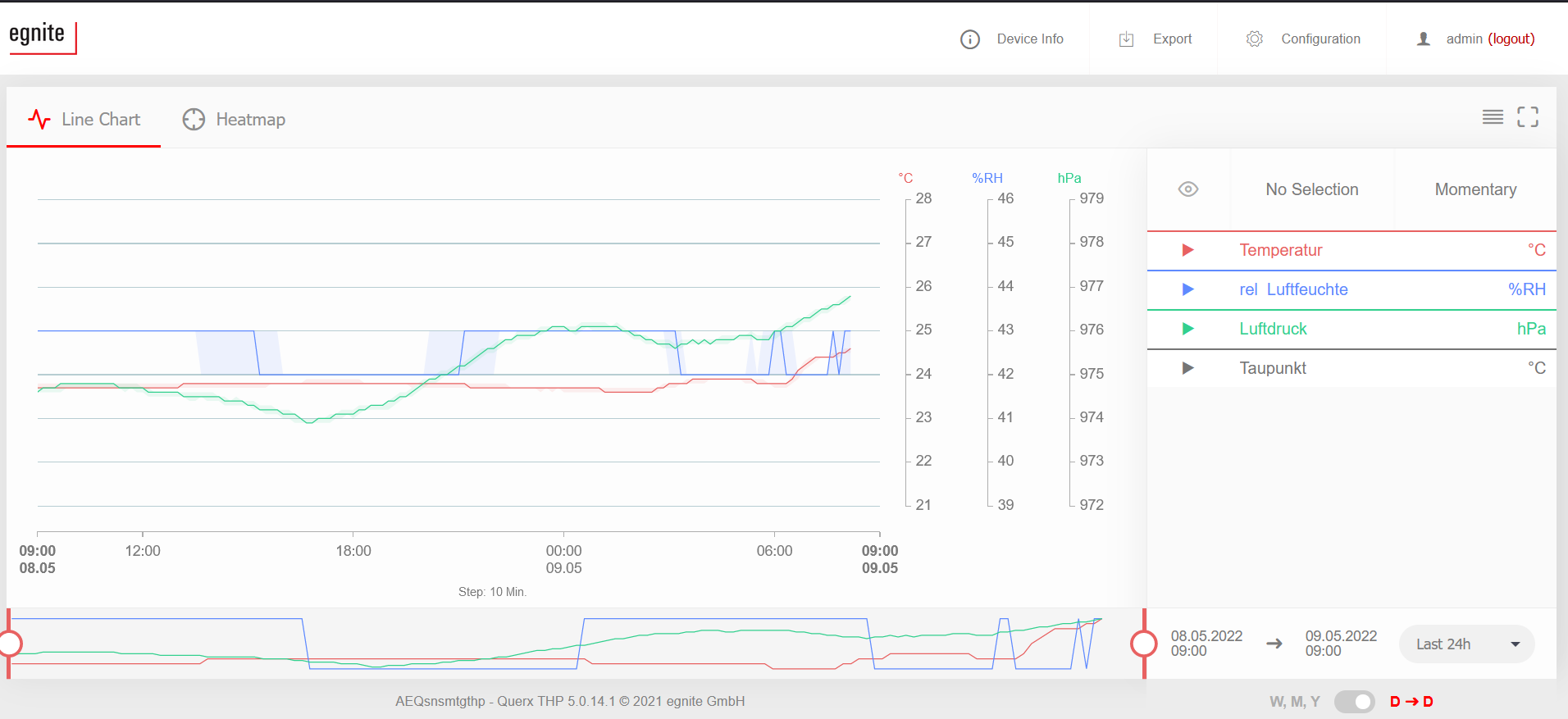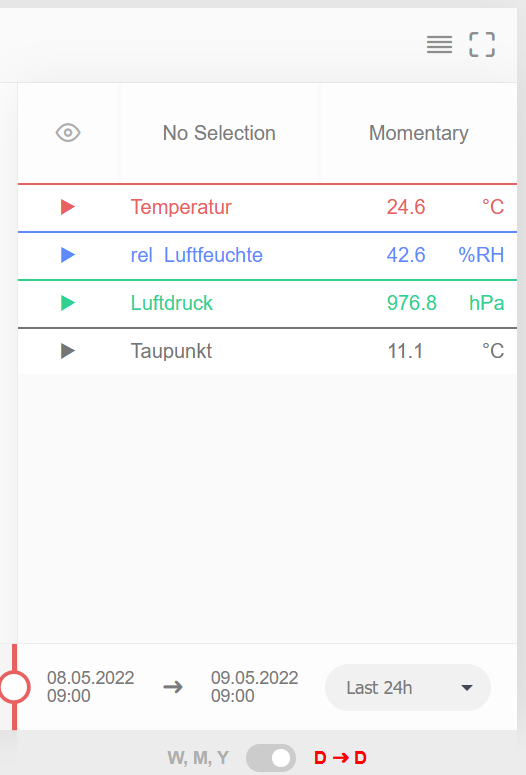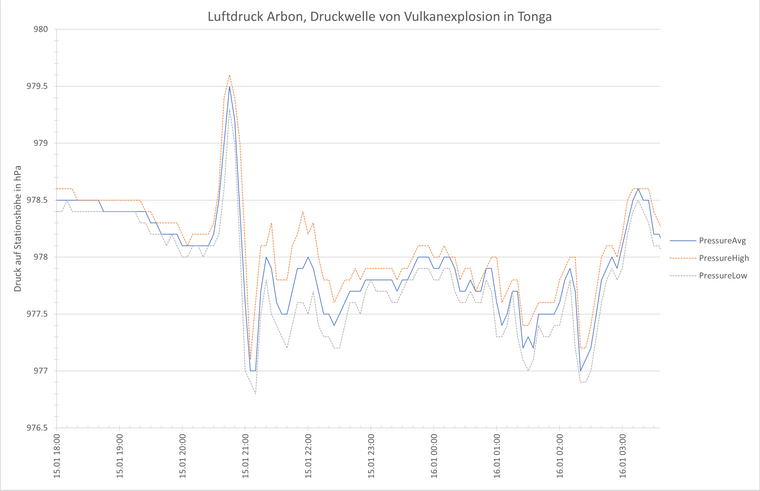@tim said in HTTP-Push in Firmware 6.x:
{%option url%}http://palamoa.de/json/{{actiontab_var1}}{%endoption-%}
Mit dieser Information habe ich ich "mein" Template für palamoa jetzt angepasst:
{%option url%}http://palamoa.de/json/{{actiontab_var1}}{%endoption-%}
{%option method%}POST{%endoption-%}
{%option num_variables%}1{%endoption-%}
{%option title1%}API-Key{%endoption-%}
add=/tpl/j/p_thpdp.tpl
Content-Type: application/json; charset=utf-8
{# #}
{
"device_name": "{{hostname}}",
"{{sensortab_name.0}}":
{
"unit": "{{sensortab_unit.0}}",
"color": "#5F8AFF",
"label": "{{sensortab_name.0}}",
"value": "{{sensortab_value.0}}"
},
"{{sensortab_name.1}}":
{
"unit": "{{sensortab_unit.1}}",
"color": "#32d08e",
"label": "{{sensortab_name.1}}",
"value": "{{sensortab_value.1}}"
},
"{{sensortab_name.2}}":
{
"unit": "{{sensortab_unit.2}}",
"color": "#e86161",
"label": "{{sensortab_name.2}}",
"value": "{{sensortab_value.2}}"
},
"{{sensortab_name.3}}":
{
"unit": "{{sensortab_unit.3}}",
"color": "#2222F0",
"label": "{{sensortab_name.3}}",
"value": "{{sensortab_value.3}}"
},
"{{sensortab_name.0}}_Status":
{
"unit": "Status",
"color": "#5F8AFF",
"label": "{{sensortab_name.0}}_Status",
"value": "{{sensortab_status.0}}"
},
"{{sensortab_name.1}}_Status":
{
"unit": "Status",
"color": "#32d08e",
"label": "{{sensortab_name.1}}_Status",
"value": "{{sensortab_status.1}}"
},
"{{sensortab_name.2}}_Status":
{
"unit": "status",
"color": "#e86161",
"label": "{{sensortab_name.2}}_Status",
"value": "{{sensortab_status.2}}"
},
"{{sensortab_name.3}}_Status":
{
"unit": "Status",
"color": "#2222F0",
"label": "{{sensortab_name.3}}_Status",
"value": "{{sensortab_status.3}}"
}
}
So funktioniert alles wieder wie bisher und erst noch schöner 
Was ich festgestellt habe ist, dass jetzt im Syslog die url nicht mehr angezeigt wird. Solange ich nur einen http push habe ist das kein Thema, könnte aber bei mehreren pushes schnell unübersichtlich werden.

Dafür kann ich den Screenshot davon jetzt posten ohne den API-Key zuerst verschwinden lassen zu müssen.
